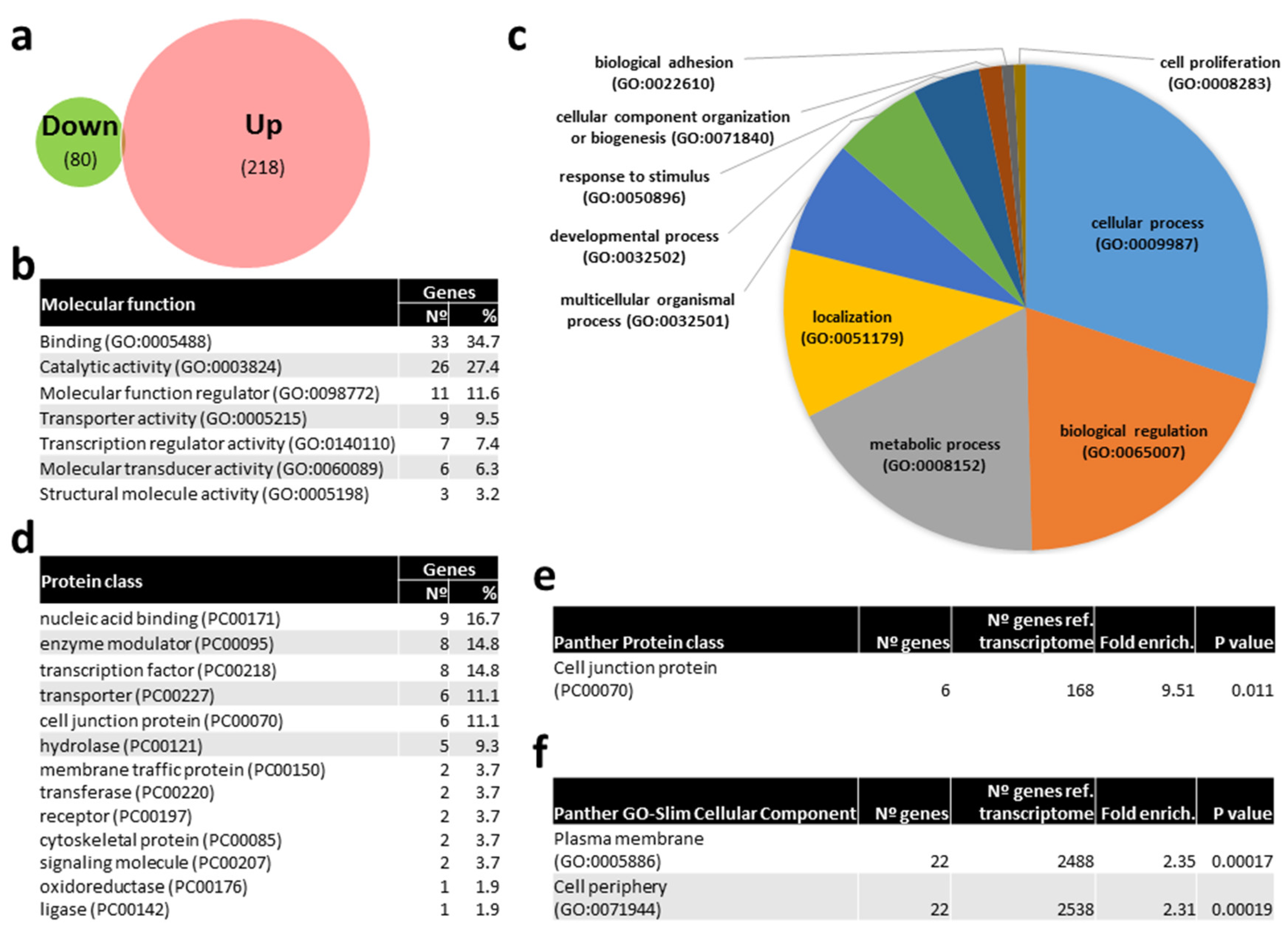 https://www.mdpi.com/1422-0067/21/23/9051#
https://www.mdpi.com/1422-0067/21/23/9051#
Abstract
Kisspeptin regulates puberty and reproduction onset, acting upstream of the brain–pituitary–gonad (HPG) axis. This study aimed to test a kisspeptin-based hormonal therapy on cultured Senegalese sole (G1) breeders, known to have reproductive dysfunctions. A single intramuscular injection of KISS2-10 decapeptide (250 µg/kg) was tested in females and males during the reproductive season, and gonad maturation, sperm motility, plasma levels of gonadotropins (Fsh and Lh) and sex steroids (11-ketotestosterone, testosterone and estradiol), as well as changes in small non-coding RNAs (sncRNAs) in plasma, were investigated. Fsh, Lh, and testosterone levels increased after kisspeptin injection in both sexes, while sperm analysis did not show differences between groups. Let7e, miR-199a-3p and miR-100-5p were differentially expressed in females, while miR-1-3p miRNA was up-regulated in kisspeptin-treated males. In silico prediction of mRNAs targeted by miRNAs revealed that kisspeptin treatment might affect paracellular transporters, regulate structural and functional polarity of cells, neural networks and intracellular trafficking in Senegalese sole females; also, DNA methylation and sphingolipid metabolism might be altered in kisspeptin-treated males. Results demonstrated that kisspeptin stimulated gonadotropin and testosterone secretion in both sexes and induced an unanticipated alteration of plasma miRNAs, opening new research venues to understand how this neuropeptide impacts in fish HPG axis. View Full-Text
